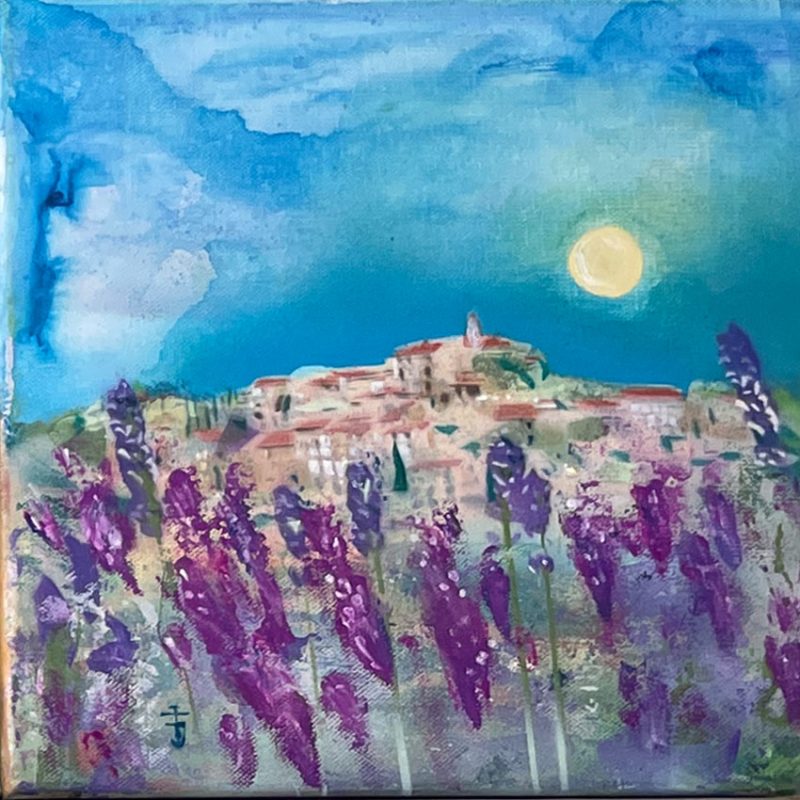In 2016, an exhibition at the New York Museum of Modern Art astonished the public because it showed upcycling by Picasso, the artist himself. A guitar made of cardboard and wire, the violin made of coloured corrugated iron, painted bronze with a cake server on top …
It is possible that Picasso initially regarded his sculptures only as models or studies for his paintings, in the transition from analytical to synthetic Cubism. The best known is the “Tête de Taureau” described in the box and reproduced on the back cover of the book, made of bicycle parts. In German-occupied Paris in 1942, the star artist used whatever was available and commented: But if you only saw the bull’s head in it and not the seat and the handlebars, the sculpture would lose its effect.[1] In 1944, the sculpture, named “Bicycle Saddle”, was exhibited at the Salon d’Automne with 78 other works and removed from the wall after visitor protests. But in Paris, a counter-image was created to the monumental heroes that Arno Breker placed in front of the Reich Chancellery at that time.
[1] Gespräche mit Picasso (Conversations with Picasso), Gyula Halász, Reinbek, 1964, p.379




